
1883 - 1948
Aleksandr Shevchenko
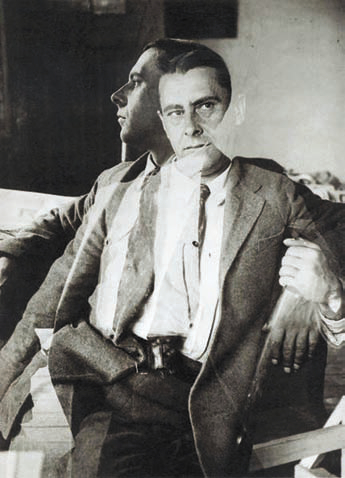
description
A Russian avant-garde painter of Ukrainian origin, a graphic artist and art theorist. The name of Aleksander Shevchenko is found in the catalogues of all significant exhibitions of progressive associations and groups – “World of Art” and “Union of Youth”, “Jack of Diamonds” and “Donkey’s Tail”. Undeniable is Shevchenko’s contribution to the theoretical justification of the value of primitive art, the further use of the techniques of cubism and futurism, as well as the theory of “colour dynamos” based on a combination of the latest and archaic forms of pictorial art that he developed together with A. Grishchenko.
Shevchenko became the organizer and chairman of the “Workshop of painters”, who advocated easel art. As a teacher, he invited many of his students to join this movement. Despite his departure from the radical avant-garde, he was criticized as a “formalist” more than once.
Paintings of the master are presented in the largest collections of The Pushkin State Museum of Fine Arts, the State Tretyakov Gallery, the State Russian Museum and many regional galleries and museums in the countries of the former Soviet Union.
Key ideas:
– Shevchenko was in the midst of a struggle for the latest forms in art but used traditional techniques more than other artists. According to Larionov, Shevchenko’s art surprisingly organically included forms of futurism, cubism, and even rayonism in academically constructed paintings. New forms attracted him rather not as a practical painter, but as an experimenter, researcher and theorist; this resulted in several treatises.
– His fascination with primitivism turned out to be the most persistent; Shevchenko wrote a work about it and used its techniques throughout his career. In the brochure “Neoprimitivism. Its theory. Its possibilities ”, he said about the need to restore traditions “distorted by Academism” through the synthesis of archaic and modern.
– In his later article “Colour-dynamos and tectonic primitivism”, the artist rejected the “appliedness” of art and defended the easel dynamical and pictorial painting as the most appropriate form of creativity.
– Quite late, in the 1920s, in search of plastic unity, the artist drew inspiration from paintings by Cezanne. In the works of that period, it is easy to find direct analogies with famous paintings of the French master.
– In the paintings and drawings of the 1930s, which often offer the Caucasian theme to the viewer, a progressive tendency towards greater monumentality in combination with the simplicity of motives and a stronger emotionality of colour are seen.
– In the last decade of his creative career, A. Shevchenko resorted to a romantic interpretation of landscapes, a unique lyricism in colours – he created paintings in the style of “quiet art”.
1883
1899
1905
1908
1910
1913
1914
1917
1919
1920
1922
1929
1940
1948
The birth of the artist
Together with his family, he moved to Moscow
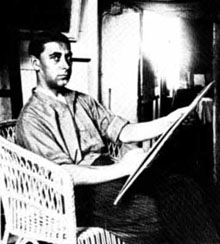
In Paris, he studied at the private Academy of R. Julien
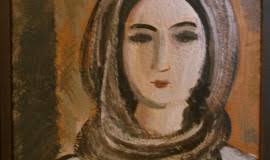
Entered the last year at the Moscow School of Painting, Sculpture and Architecture
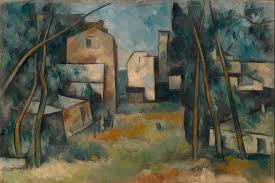
Exhibited his paintings at the first exhibition of the Jack of Diamonds
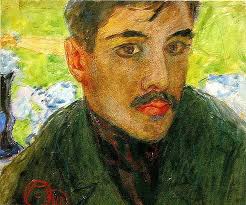
Published several theoretical works
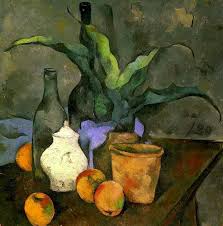
Exhibited his paintings at the futuristic exhibitions "Target" and "No. 4"
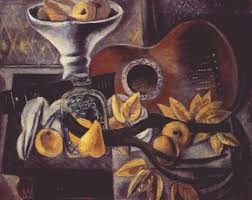
Became a member of the World of Art

Organized the Museum of pictorial culture
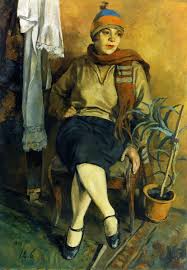
He was appointed professor at the Higher Free Art Workshops

Became a member of the Union of Poets and Artists and "Art Is Life"

The beginning of his annual creative trips to the Caucasus

He was appointed the head of the department of painting and drawing at the Textile Institute

The death of the artist

Aleksandr Shevchenko
On Artist
flow
Primitivism
Symbolism
Impressionism
Cubism
Futurism
friends
Mikhail Larionov
Robert Falk
Natalya Goncharova
artists
Jean-Paul Laurent
Abram Arkhipov
Konstantin Korovin
Paul Cezanne
By Artist
flow
Futurism
friends
Alexey Grishchenko
Alexander Kuprin
artists
Nikolay Viting
Ivan Osipovich Akhremchik
Boris Alexandrovich Golopolosov
Андрей Дмитриевич Гончаров
Ростислав Николаевич Барто
Баки Идрисович Урманче
Григорий Михайлович Шегаль
